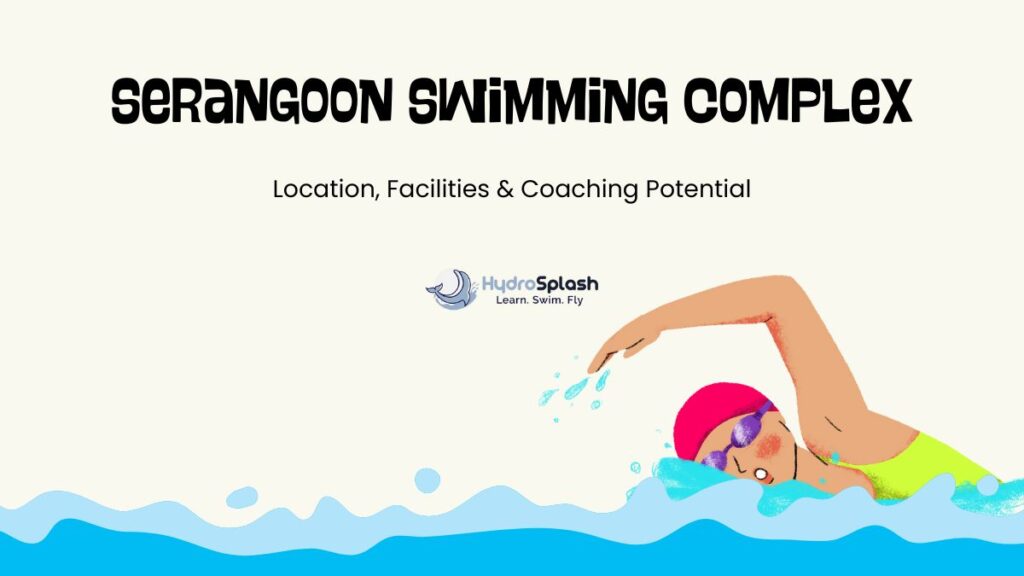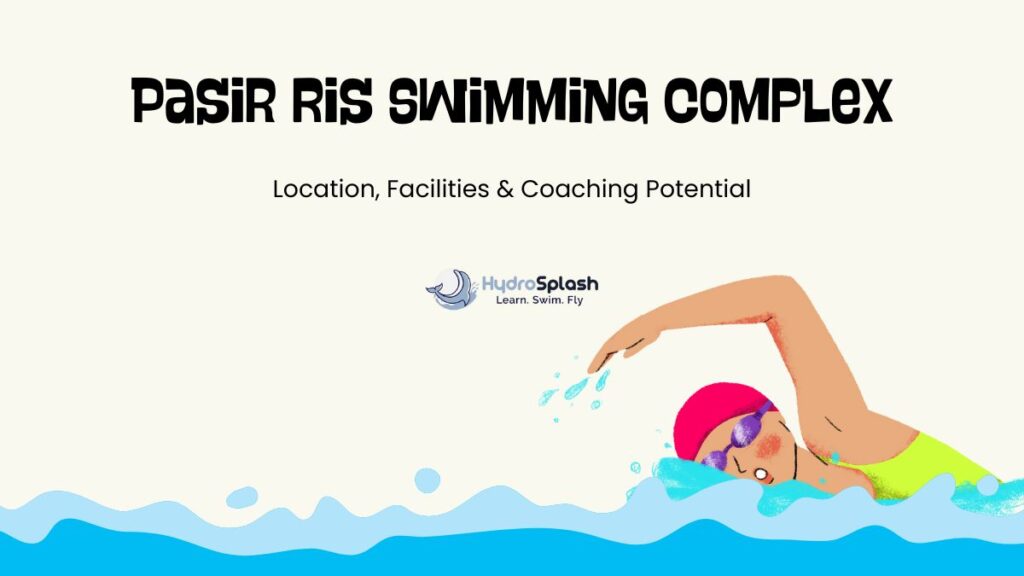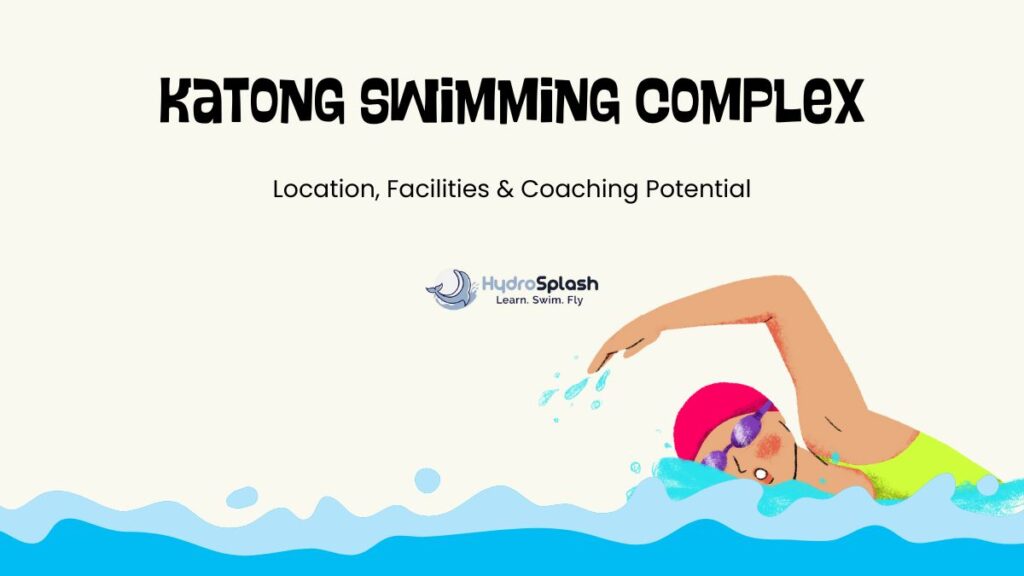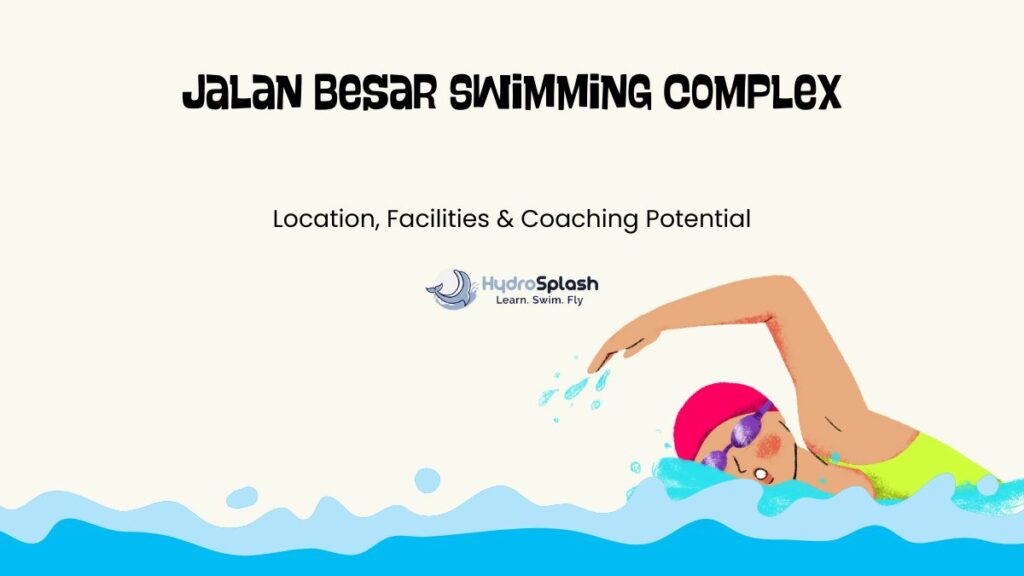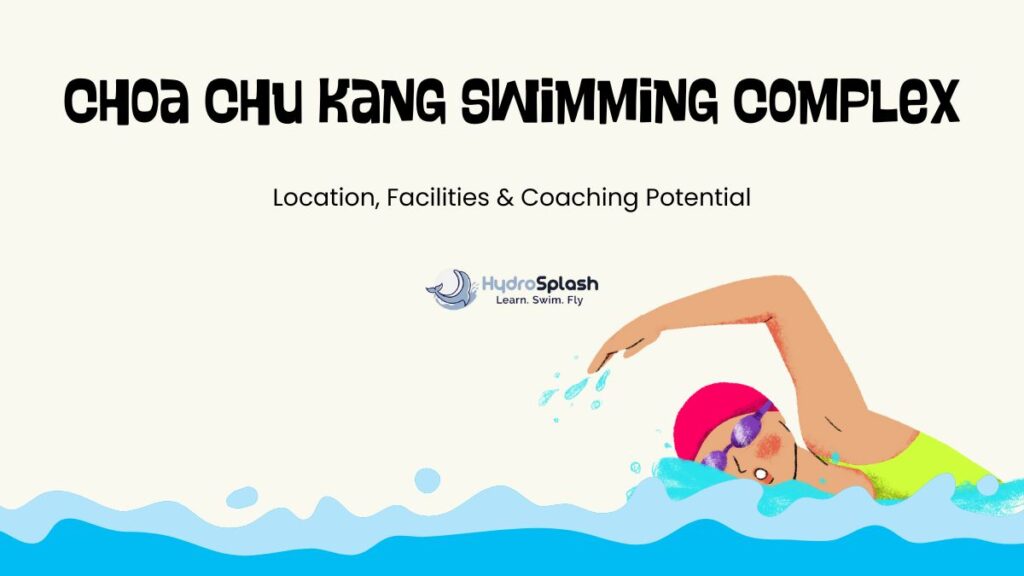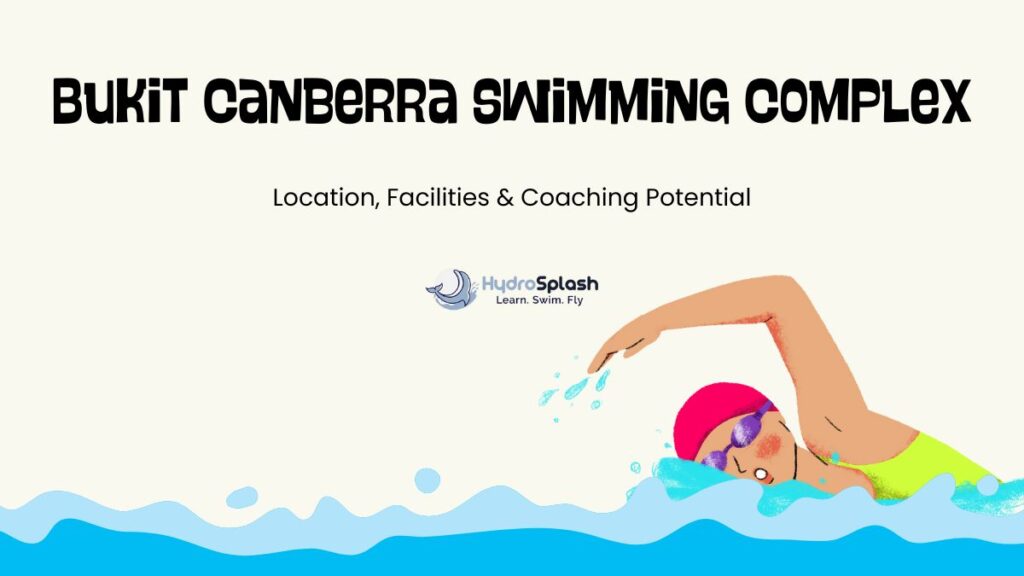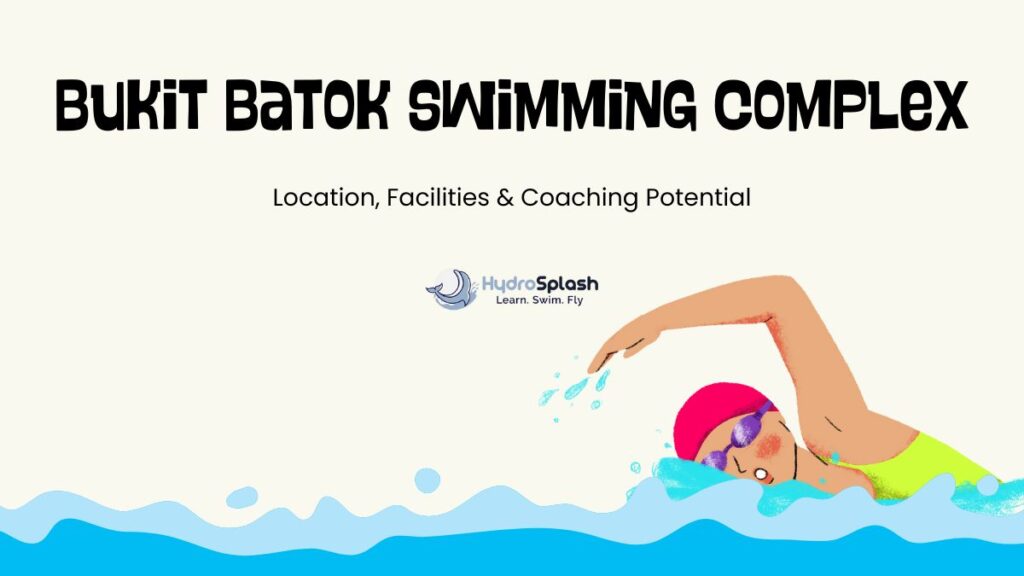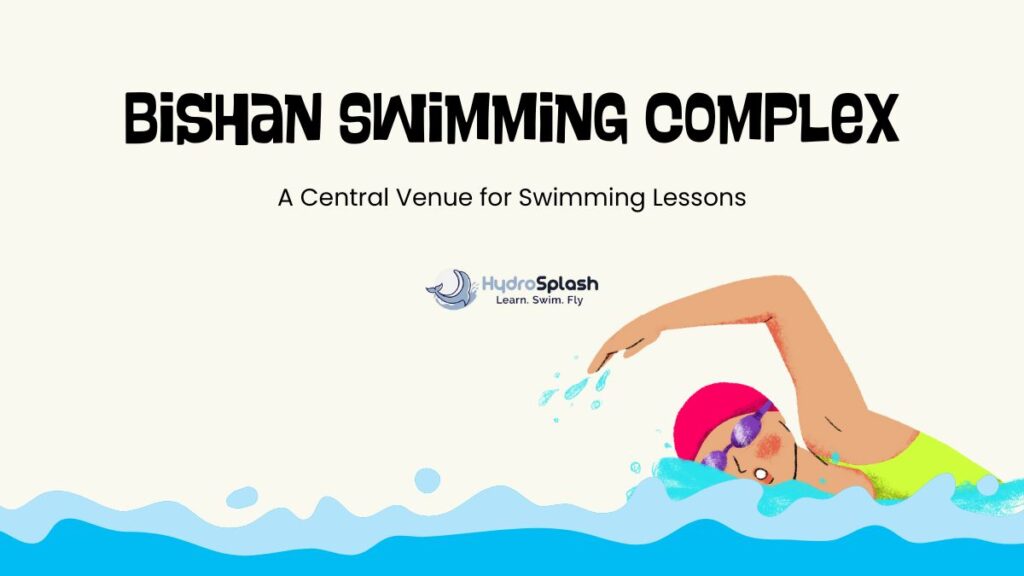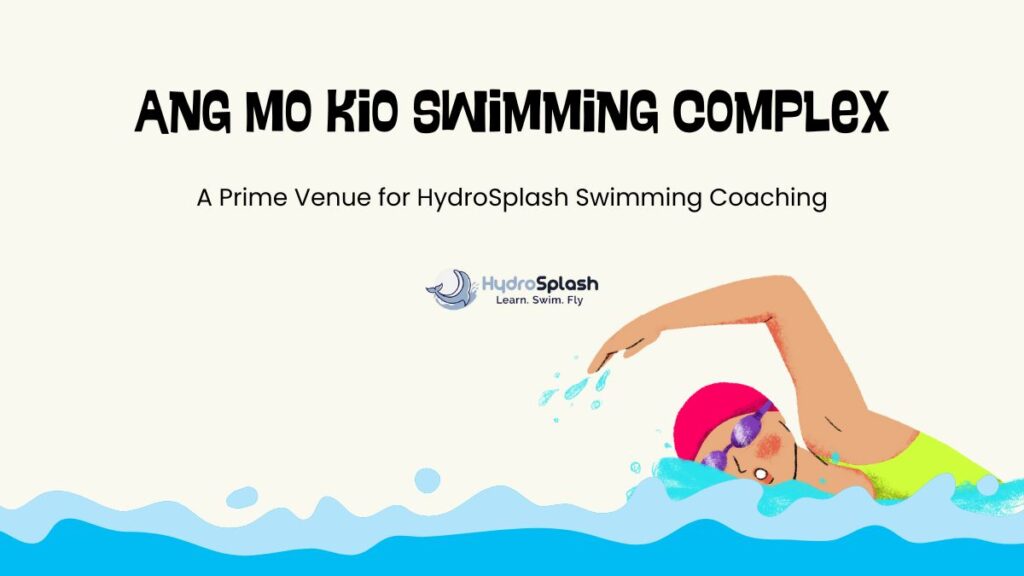Serangoon Swimming Complex: Location, Facilities & Coaching Potential
Serangoon Swimming Complex Serangoon Swimming Complex is a normal pool facility maintained by Sport Singapore under the ActiveSG network. It sits at 35 Yio Chu Kang Road, Singapore 545552. Location & Accessibility of Serangoon Swimming Complex The complex is situated in the northeast region, providing access to residents of Serangoon, Hougang, and surrounding areas. According to its visitor information, Serangoon Swimming Complex is about an 11-minute walk from Serangoon MRT Exit E and accessible via buses such as 136 stopping at nearby stops. Parking is available in the vicinity, though spaces may be limited during peak periods. Operating Hours & Maintenance Closures Serangoon Swimming Complex operates every day except Thursday, which is reserved for weekly maintenance closure. On open days, the pool hours are 8:00 am to 9:30 pm. On Monday, Wednesday, and Friday, the competition pool opens earlier from 6:30 am to 8:00 am for lap swimmers. If Thursday happens to fall on a public holiday, the complex remains open from 8:00 am to 9:30 pm. During inclement weather, outdoor facilities may be temporarily closed for safety. Pool Facilities & LayoutAs a normal pool, Serangoon provides essential aquatic zones suited for training rather than leisure features. The complex has a competition pool and a wading pool. Some sources also indicate presence of a kiddy or shallow/wading zone for young learners. There are no slides, lazy river, or wave features—true to its normal classification. Admission Fees & Booking Serangoon Swimming Complex uses a normal pass, not a feature pass. The published rates show S$1.50 for adult admission on weekdays and S$2.00 on weekends. Children and senior rates are S$0.80 on weekdays and S$1.00 on weekends. Booking and purchasing passes are managed via the MyActiveSG+ platform under the current ActiveSG scheme. Why Serangoon is Suitable for Structured Swim LessonsSerangoon’s configuration supports a clear learning path. Beginners can begin in the shallower wading pool, build water confidence, and transition to the competition pool for stroke work and fitness development. The early morning lap window suits adult learners or students who prefer training before standard work or school hours. Its daily evening hours give classes flexibility. Because it is a normal pool, distractions from play features are minimal, which allows coaches to maintain focus on technique and progress. Its location in the northeast with public transport links and residential catchment provides dependable accessibility for families. The relatively moderate traffic compared to feature pools can help with class consistency. Operational Considerations & Lesson Planning Lesson scheduling must avoid Thursdays, when the complex is closed. Evening and weekend slots may be in high demand, so slots should be booked early. Because the facility lacks sheltered or covered design, lesson continuity may be affected by adverse weather; contingency plans or alternate nearby pools will be helpful. The early lap hours (6:30 am–8:00 am) occur only on selected days (Mon, Wed, Fri), so aligning advanced classes or adult sessions with those windows is needed. Community & Environment Serangoon Swimming Complex is part of Serangoon Sports & Recreation precinct managed under ActiveSG. Its publicly accessible lessons, classes, and community swim programmes reinforce its role as a neighborhood aquatic hub. The website promotes both visitor access and swimming classes for all ages and skill levels. Reviews and local announcements note periodic full closures (e.g., 29 September to 2 October 2025) for maintenance. These give coaches and lesson providers time to plan ahead for blackout days. The complex also posts real-time capacity and closures via ActiveSG. Conclusion Serangoon Swimming Complex offers a practical, focused aquatic facility with competition and wading pools, early lap windows, and consistent evening hours, making it ideal for structured swim coaching. Its location, facilities, and manageable demand make it a dependable choice for learners in the northeast. For those interested in lessons at Serangoon or nearby venues, explore offerings via the HydroSplash website or arrange your swim class soon. Click on the link to find out more about HydroSplash Swimming. Chat with our representatives today!About HydroSplash SwimmingAdult Swimming LessonPrivate Swimming LessonKids Swimming LessonWhatsapp Us

